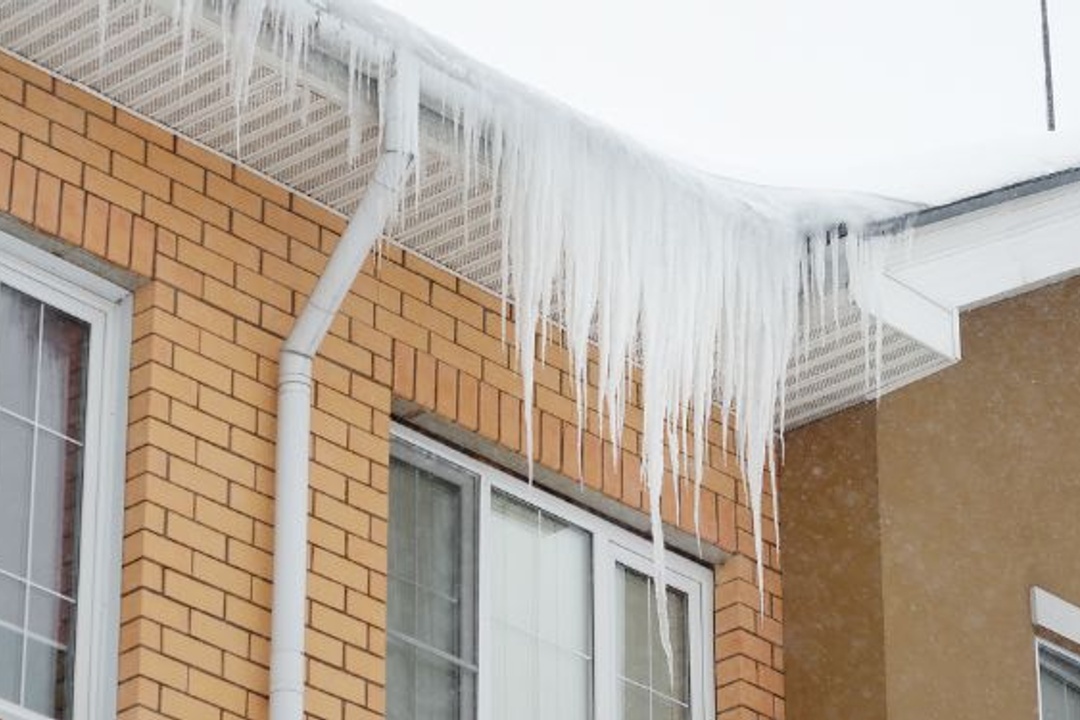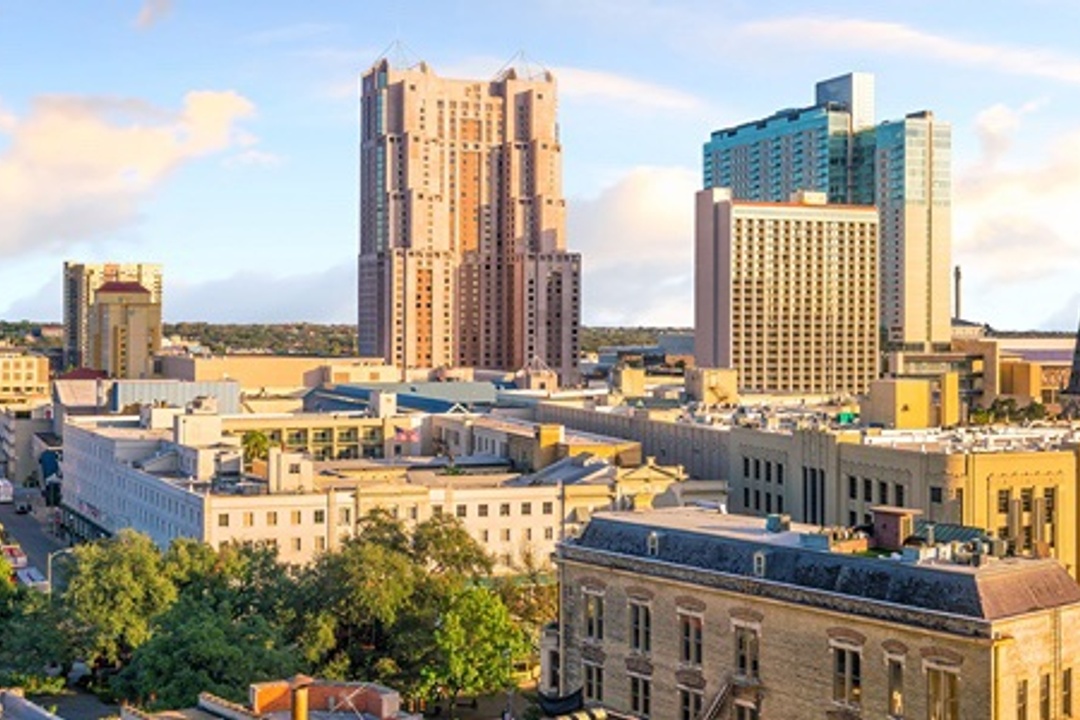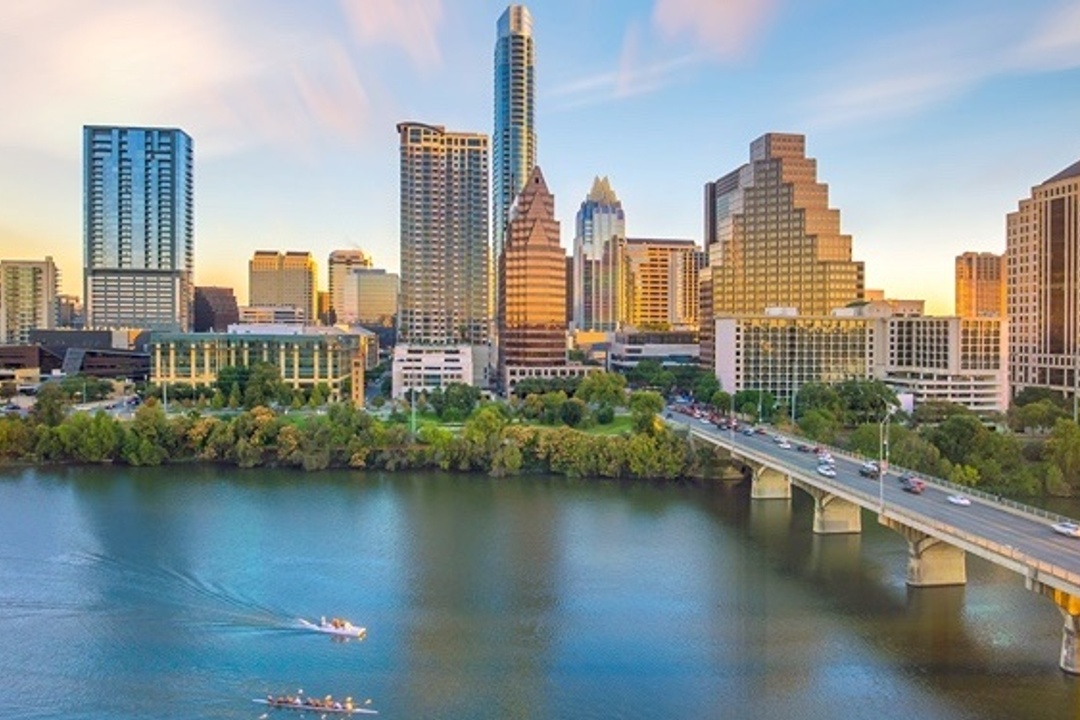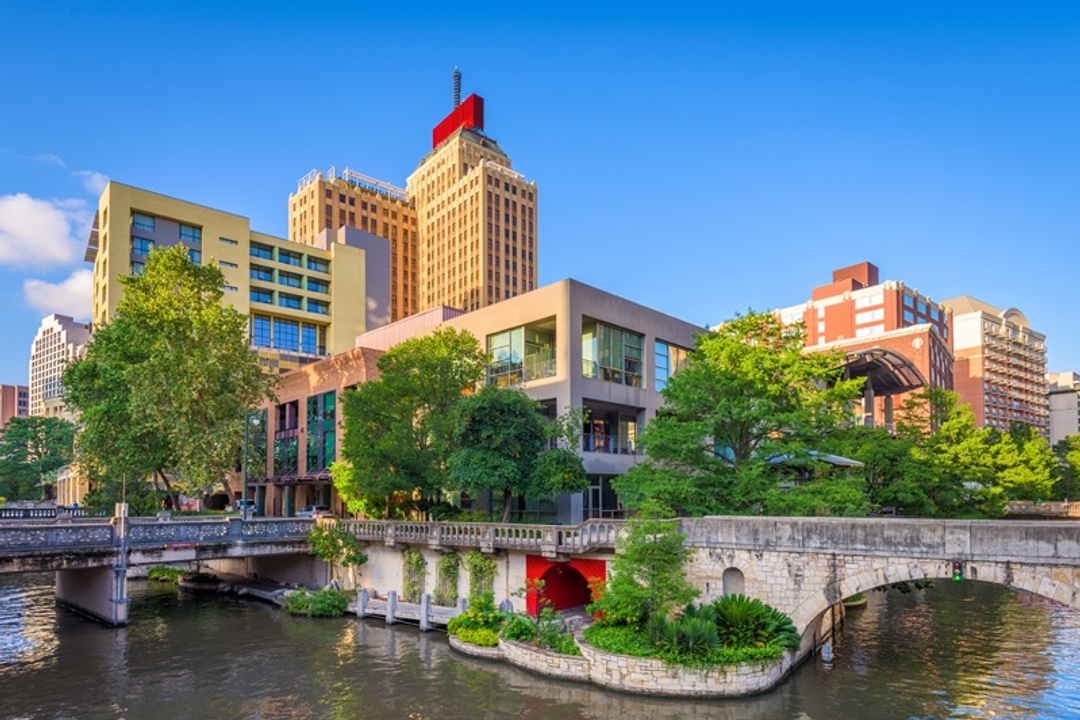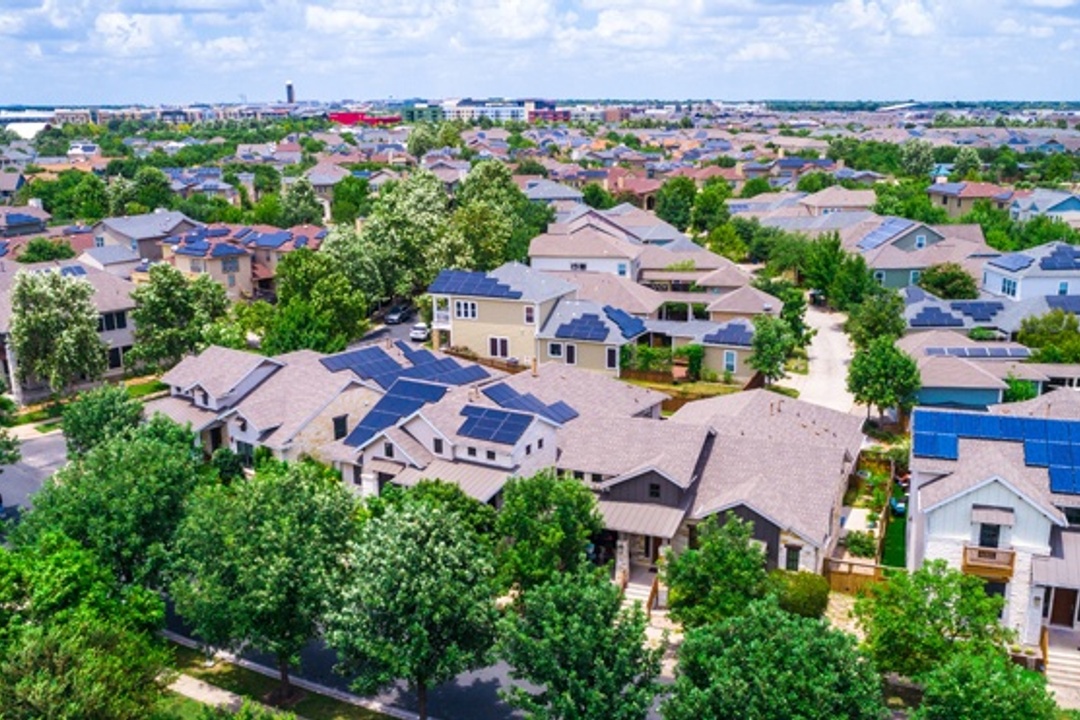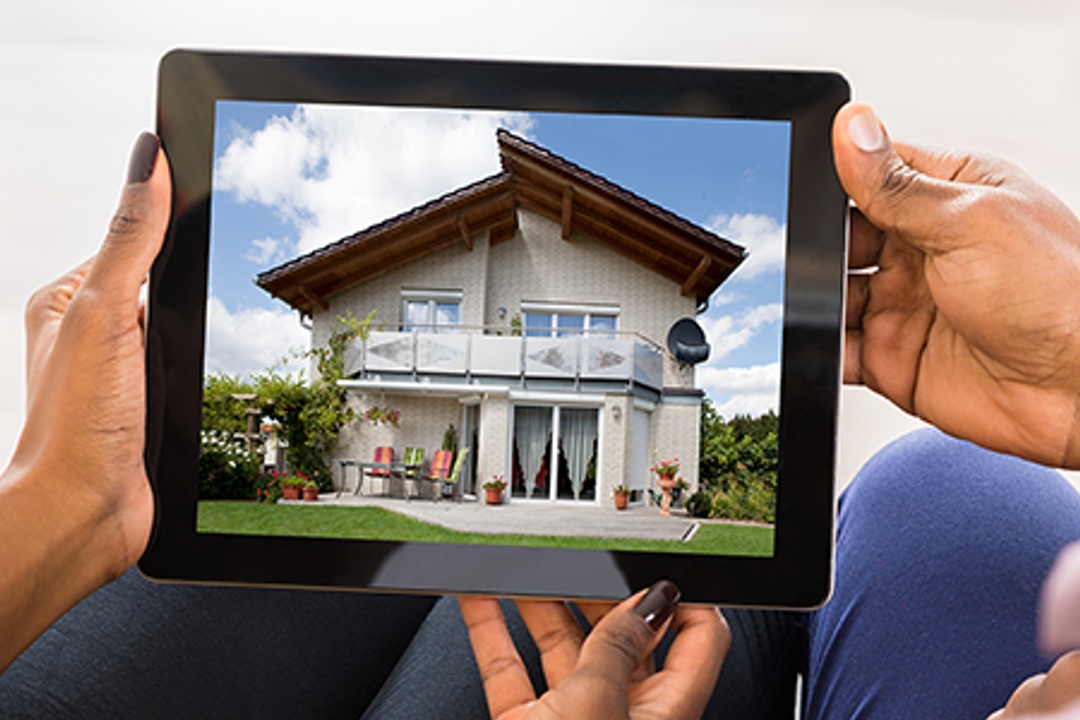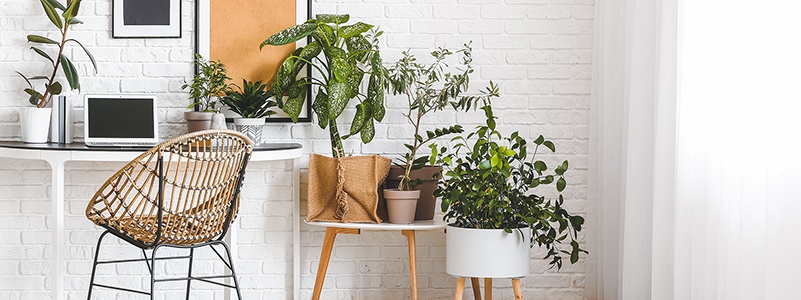
Building an eco-friendly home has grown in popularity with the promises of saving time, money, reducing your carbon footprint, and even protecting your health. But is it all hype, or does it really make a difference to go green with your living space?
Becoming eco-friendly is about embracing a way of life that preserves the environment by reducing, reusing, and recycling. With green homes, eliminating plastic use and growing organic foods can have a benefit on your surroundings.
If you’re an eco enthusiast, you have probably implemented various methods to make your home eco-friendly. But what are some other ideas to improve these green measures? Get inspired by these eco-friendly ideas!

1. Build Up, Not Down

Building a home with multiple stories rather than spread out with only one floor will actually cost less. When you build vertically and not horizontally, this reduces the amount of plumbing needed underneath the house. In addition, homes with multiple stories have a smaller carbon footprint because they take up less ground space than a sprawled-out ranch-style home.
Multiple-story homes save on energy due to their condensed design holding more heat than an elongated one-story home. Ranch-style homes often have issues with ice dams and cold drafts, which causes homeowners to turn up the thermostat.
Tip: When building your own eco-friendly home, the size can have an impact. Make sure to build small to reduce the number of materials needed throughout the house.
2. Pick Energy Efficient Materials

When it comes to lowering your energy bills, picking out the most energy-efficient materials makes a huge difference.
The best material you can invest in for your home are windows made with insulated glass. Their individual glass panels make them highly effective by keeping your home at a comfortable temperature in summer and winter.
The insulated glass blocks most of the outside heat in the hot weather and keeps your home cooler. Whereas in the colder weather, the insulation prevents heat from escaping, keeping your home warm.
Tip: To get the most out of your windows, look for the Energy Star label to ensure that you’re getting high-quality insulated glass to save energy. Plus, look for dual-pane or triple-pane glass for the most effective windows. The more glass panes, the better the windows will be at maximizing your energy efficiency.
3. Use Recycled Materials

Whether you’re building an eco-friendly home or making an eco-friendly swap, using recycled materials is a great way to reduce landfill waste. All sorts of materials can be recycled, like wood, glass, or bricks, to use for the home.
Another solution to avoid material waste is to shop secondhand. You never know what hidden gems you could find, plus you can save time and money by recycling rather than gathering your own raw materials.
Tip: Make the green switch by shopping at your local flea market, secondhand store, or check out any yard sales in your area. If you’re looking for reclaimed wood, contact your local lumberyard.

4. Rethink Water and Waste Management

Investing in a tankless water heater can save you hundreds of dollars a year. Because it only heats water when needed, it uses significantly less energy than a traditional water heater.
Toilets and plumbing can be eco-friendly when you use dual-flush toilets. These toilets offer a handle where you can choose a higher or lower flush rate. In addition, other plumbing fixtures like showerheads and faucets can be set up to have low-flow water usage designed to save gallons of water every year.
Using a low-flow showerhead can save up to 2,700 gallons of water per year in the average household. In addition, low-flow showerheads use 2.0 gallons of water per minute (GPM) compared to regular showerheads at 2.5 GPM.
Tip: To start saving water, check out your local home improvement store to find a tankless water heater. For a dual-flush toilet, you can find a kit online or at a home improvement store.
If you’re converting your toilet to a dual-flush, you can install it as a DIY project. For low-flow faucets and showerheads, look for the WaterSense EPA label.
5. Track Your Home Energy Use

What if you could roughly know the price of your energy bill every month? With a fixed-rate energy plan, not only will you be saving money, but you won’t be caught off guard with a higher energy bill. You'll pay about the same rate each month when you set up a fixed-rate energy plan with a third-party energy supplier.
This is made possible by energy suppliers who buy energy from the utility in bulk and sell it to consumers at a lower rate. With traditional variable-rate energy plans, the price shifts with the market.
Tip: To set up a fixed-rate energy plan, contact a third-party energy supplier. Having a fixed price every month can also help you save money and create a budget for more eco-friendly projects or to help grow your personal savings.
6. Light Your Home With LED

Switching to LED lighting for your home can save up to 90% on electricity costs. Unlike incandescent light bulbs, LED lighting offers more light with fewer bulbs. Plus, LED bulbs have an average lifespan of 30,000 hours. Compare that to incandescent bulbs that only last about 1,000 hours.
Tip: To get the best conversion from incandescent to LED, get a retrofit kit. This consists of an LED driver and light panel that is installed in existing light fixtures.
7. Check Out Daylight Harvesting

This energy-saving method utilizes sunlight to determine the amount of energy used by LED lights. Then, as the light from the sun rises and falls throughout the day, the LED lighting system sensors will adjust accordingly to determine how much artificial light is really needed.
This system uses a built-in potentiometer, so you can set the maximum brightness level. The daylight sensor reads and measures the level of natural daylight versus the set brightness and calculates the amount of artificial light needed to keep the room bright.
Tip: Natural light improves your mood and productivity, so get the best out of daylight harvesting by building large windows and skylights to let in as much sunlight as possible.
8. Get Wind Power for Your Backyard

Far from the massive wind turbines commonly seen throughout the country, your home can utilize the power of a small backyard wind turbine. A backyard wind turbine can power your home and produce energy ranging from 400 watts to 100 kilowatts.
Depending on the average wind speed in your area, it can generate enough energy to power appliances, AC and heating units, water heaters, and household lighting.
Tip: Contact your local energy supplier and see if they have wind power to get you started on harnessing wind energy for your home.
9. Install Solar Panels

Installing solar panels will play a significant role in reducing your electricity bill. These panels can generate enough power from the sun to power your entire home. Any excess energy can even be sent back to some local energy sources in a process called net metering.
This process happens when you're using more electricity produced by your solar panels and send some of it back to the energy source. You can then save this energy to use at night or in the winter months when there isn't as much sunlight. So when you produce more energy than what you currently need, you won't pay as much in electricity bills. Plus, you could qualify for a tax credit for installing solar panels on your home.
Tip: When installing solar panels on your home, make sure they are facing south to get as much sunlight as possible if you are in the Northern Hemisphere.

10. Insulate Your Home With Biodegradables

Rather than traditional insulation like fiberglass, you can use natural, biodegradable materials like hemp or wool.
Called "hempcrete," this natural insulation is made from the inner woody core of the hemp plant. When mixed with a lime-based binder and water, it creates a buildable material. Plus, it's non-toxic, fireproof, carbon-capturing, and resistant to mold and pests.
Another great insulation alternative is wool, which manages moisture and absorbs harmful chemicals in the air. It's also naturally fire-resistant and breathable, which prevents damp buildup. However, wool must be chemically treated to prevent pests from entering your home. So if you're looking to be as chemical-free as possible, hemp would probably be ideal for you.
Tip: Hempcrete may be challenging to find, but you can inquire about premade blocks with eco-friendly companies. Meanwhile, wool insulation can easily be ordered online. If you're looking for wool insulation, make sure it's sheep's wool and not mineral wool containing molten basalt or iron ore fibers.
11. Build a Smarter Roof

Because the sun is higher during the summer, a roof overhang is crucial to block out a significant amount of the sunlight that could heat up your home. So rather than cranking up the AC and using extra energy, a roof overhang would keep your home cool.
But what's really amazing about a roof overhang is that it will allow more sunlight during the winter when the sun is much lower. This will also let in more heat from the sun when you need it most during the colder months.
Tip: If you're in the Northern Hemisphere, roof overhangs work best when facing south. This will block out extra sunlight during the hot summers but allow enough sunlight to light up your home in the winter.

12. Choose Local Plants Over Exotic

When planting a garden in your backyard, stick to plants that are native to your local ecosystem. Insects and other animals in your area rely on native plants for survival, which in turn prevents habitat loss.
Although not all foreign species of plants are harmful, it's best to avoid planting them to not disrupt the native plant environment. So before planting anything in your backyard, do some research to make sure the plants are native to your area.
Tip: If you have any pets that frequent the yard, make sure to check out which plant varieties are safe for animals to be in contact with.
13. Add Color With Zero VOC Paint

Volatile organic compounds (VOC) are carbon-containing compounds emitted as gasses into the air, contributing to ozone pollution. These compounds can also negatively affect your health if you've painted the inside of your home with regular paint.
To reduce pollution and prevent harm to your health, paint your home with zero VOC paint. It leaves no harsh chemical smell and is free of toxic air pollutants.
Tip: When shopping for zero VOC paint, beware of added colorants that could contain VOCs. Look for zero VOC paint brands that are Greenguard Gold Certified to ensure they have lower chemical emissions.

14. Change Your Laundry Routine

Turning your laundry routine eco-friendly doesn't have to be complicated. Just changing a few things about your washing technique can make a significant difference in the amount of water used. First, wait until you have a full load before using the washer. Most washers use the same amount of energy per load, so fully utilize that energy by only washing a full load every time.
While you're setting the washer, use cold water to reduce the amount of energy you use. Washing a load with hot water consumes 90% of the washer's power, so cut down on the hot water and only use it to take out stubborn stains.
Tip: Although it's great to throw a washed load into the dryer, reduce energy use by air drying your laundry. You can get a drying rack or clothesline and hang your clothes to dry. If you don't want to give up your dryer, cut drying time in half by air-drying until clothing is damp and then setting your dryer on low to finish the job.
15. Efficient HVAC Design

A smart thermostat reduces energy by adjusting the temperature based on your previous settings. This way, you won't constantly change the settings or leave it at a higher temperature for longer than intended.
If you live with someone who prefers a much different temperature than you, breaking the home into zones can help reduce energy. With zones, you can set different temperatures in each room. You can even shut off your HVAC system in certain rooms to reduce even more energy consumption.
Tip: When setting up your HVAC system, make sure the equipment is labeled as energy efficient. Plus, hiring a professional to install the system will ensure it's done correctly and built to last.
Whether building an eco-friendly home from scratch or making a few small changes, always remember that it's more energy efficient to build something that will last. That means making sure your systems are properly installed to prevent constant repairs.
Making the eco-friendly swap can reduce energy consumption, recycle valuable resources, and help you save money every year. For more home buying tips, you can check out BHGRE HomeCity!


